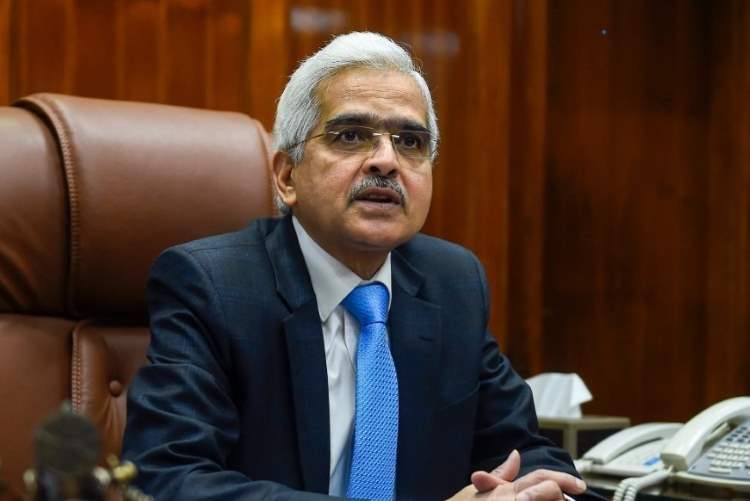
As the Reserve Bank of India gears up for its bi-monthly monetary policy meeting on February 8, the financial community is abuzz with anticipation and speculation. This meeting to be chaired by RBI Governor Shaktikanta Das comes at a crucial moment for the Indian economy, following a year of steady policy rates and amid signs of both domestic and global economic recalibration.
The RBI’s Monetary Policy Committee (MPC) has held the repo rate—the rate at which the RBI lends to commercial banks—steady at 6.5% for almost a year. This stability reflects a balancing act aimed at containing inflation within manageable bounds, even as the economy navigates through challenges posed by global economic developments and internal fiscal dynamics.
READ | India’s climate change woes push healthcare to the brink
Recent trends in retail inflation, which peaked at 7.44% in July 2023 but eased to 5.69% by December 2023, suggest a trajectory of price stability. Although within the RBI’s comfort zone of 4-6%, this level underscores the central bank’s ongoing vigilance against inflationary pressures, with the MPC likely to maintain a neutral stance and reiterate its commitment to achieving a more durable inflation rate closer to 4% before considering any shift in policy direction.
The backdrop to this policy meeting is particularly noteworthy. Following Finance Minister Nirmala Sitharaman’s budget presentation, which proposed lower-than-expected borrowing and fiscal deficit targets for 2023-24, market dynamics have shifted, with yields on benchmark government bonds responding positively. This fiscal prudence, coupled with a projected nominal growth rate of 10.5% for the next financial year and ongoing strength in sectors like banking, industry, and services, points to an economy that is not only resilient but also poised for sustained growth.
RBI’s balancing act
Adding another layer to the complexity is the ongoing geopolitical situation and its potential impact on global commodity prices, particularly oil. While recent corrections have brought some relief, further volatility could exacerbate inflationary pressures in India. The RBI’s policy response will need to factor in these external risks while remaining mindful of domestic growth imperatives. A data-driven, agile approach that can adapt to evolving circumstances will be key to navigating this uncertain global landscape.
There are challenges, notably in the form of liquidity tightness within the banking system and the nuanced impacts of global economic uncertainties, including potential moderations in oil and gold prices. The RBI’s approach to managing liquidity, particularly through interventions like variable rate repo auctions, reflects a strategic effort to align short-term market rates closely with the policy repo rate, thereby ensuring smoother financial market operations.
As the MPC deliberates, it does so in the shadow of global central banks’ heightened policy rates and the Indian economy’s robust performance. Despite the temptation to adjust rates in response to immediate economic indicators, the RBI’s cautious stance seems poised to continue, with a focus on long-term stability and growth rather than short-term adjustments. This approach is further justified by the current fiscal policies, which, while not directly inflationary, necessitate a vigilant and balanced monetary policy to navigate through both domestic and international economic uncertainties.
Moreover, the liquidity scenario, marked by a persistent deficit, suggests that any immediate easing of policy measures, such as a reduction in the Cash Reserve Ratio (CRR), is unlikely. Instead, the RBI might prefer to continue with long-term liquidity management strategies, aligning its actions with broader economic trends and the anticipated pace of policy adjustments in major economies like the United States.
As the RBI MPC convenes to review and set monetary policy, it does so with a clear understanding of the balance between fostering economic growth and maintaining price stability. With inflation still above the targeted 4% but showing signs of easing, and the economy displaying robustness across various sectors, the RBI’s policy stance is expected to remain cautious yet optimistic. This measured approach, mindful of both domestic imperatives and global economic conditions, is likely to guide India’s monetary policy trajectory in the near term, as the country continues to face the complexities of a post-pandemic economic scenario.
The upcoming RBI policy meeting holds immense significance for the Indian economy’s trajectory. While the immediate focus might be on maintaining a cautious stance on rates, the central bank’s broader mandate encompasses fostering inclusive growth, mitigating global risks, and ensuring financial stability. A well-calibrated policy response that addresses these interconnected challenges will be crucial in steering India’s economy towards a sustainable and prosperous future.
